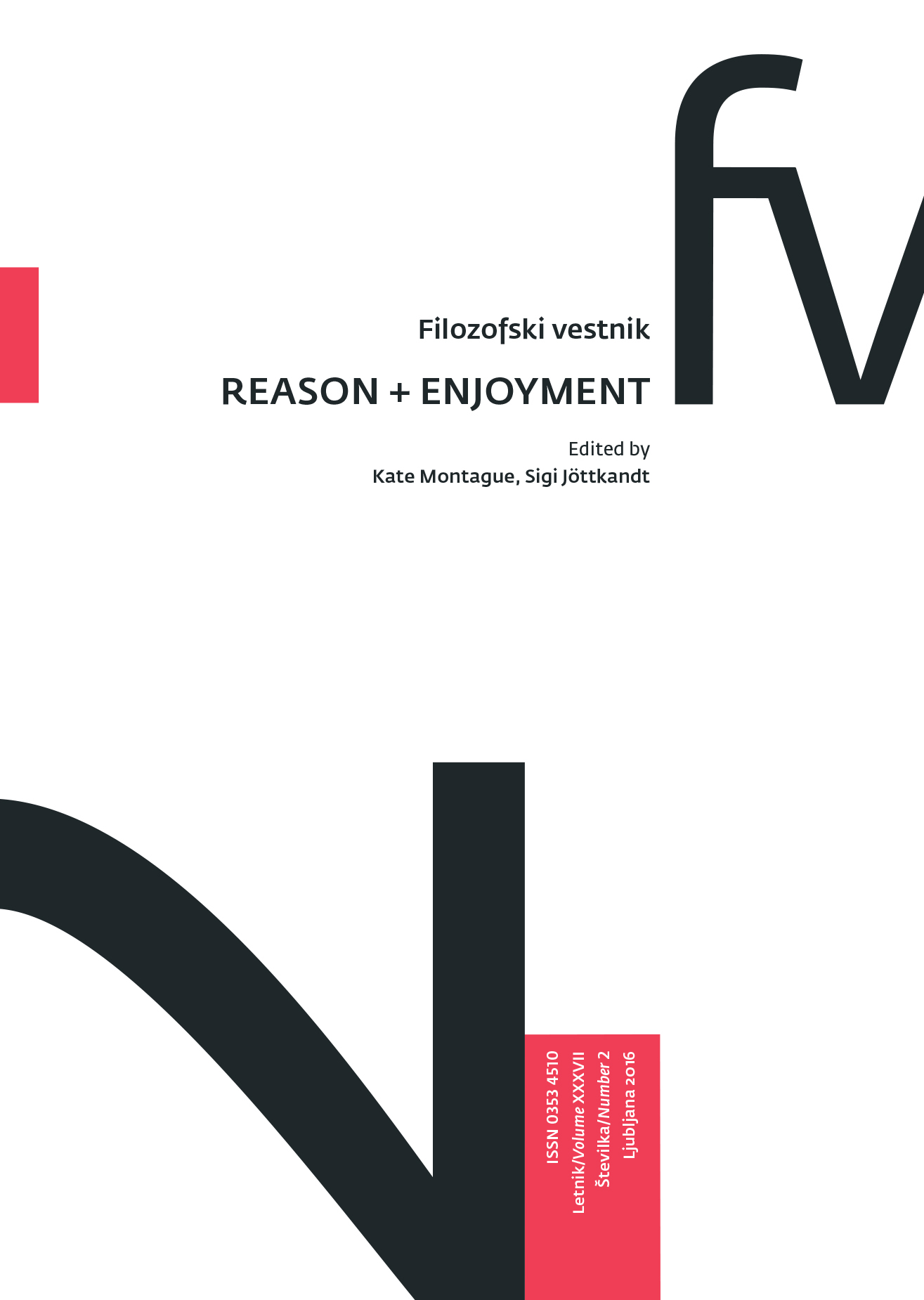The Spectre in the Screen
Keywords:
cinema, animation, uncanny, Jacques Derrida, Jean Baudrillard, Jacques LacanAbstract
In accord with the author’s larger project to bring to the fore the crucial nature of animation for the thinking of not only all forms but all aspects of film, this paper seeks to elaborate a theory of spectatorship “proper to” animation, which is to say, to cinema, to film, to film “as such,” as a form of animation – film animation. Drawing upon what the author calls the Cryptic Complex of film animation – informed by his treatment of Maxim Gorky’s characterization of cinema as “Kingdom of Shadows” and composed for him of the uncanny, the return of death as spectre, endless mourning and melancholia and cryptic incorporation – the essay extends his notion of spectatorship as spectreship, as at once haunting and being haunted, at once cryptically incorporating and being cryptically incorporated. To wit, to this animatic, Derridean-indebted theory of film animation as of the order of the spectre, the hauntological, and the author’s call for not merely a psycho- but a psuché-analysis of film animation – an analysis of the spectres (Homeric) at play in and of film animation – the essay brings the work of Jacques Lacan. It not only incorporates the animatic work of Lacan in film animation, and vice versa, it discovers that work as already so in play there – there in that haunted house, that crypt, where Derrida and Lacan animatically haunt, encrypt, each other, even as another such spectre, Jean Baudrillard, shadows them, animatically so.Downloads
Download data is not yet available.
Downloads
Published
2017-01-18
How to Cite
Cholodenko, A. (2017). The Spectre in the Screen. Filozofski Vestnik, 37(2). Retrieved from https://ojs.zrc-sazu.si/filozofski-vestnik/article/view/4865
Issue
Section
Reason + Enjoyment
License
Authors guarantee that the work is their own original creation and does not infringe any statutory or common-law copyright or any proprietary right of any third party. In case of claims by third parties, authors commit their self to defend the interests of the publisher, and shall cover any potential costs.
More in: Submission chapter





